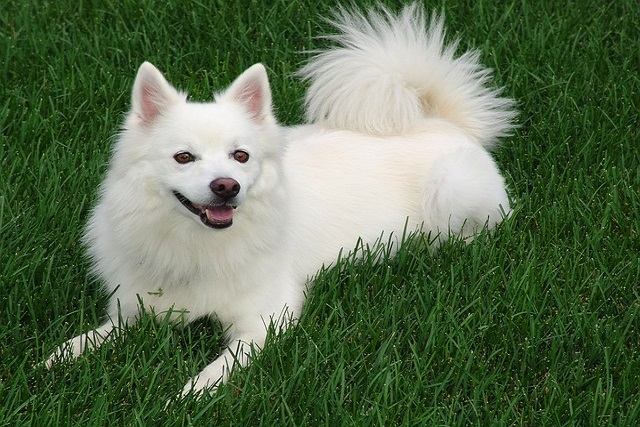
Can a dog ear infection go away on its own?
You’re in the backyard, watching your pup chase a squirrel, when you notice they keep scratching their ear and shaking their head.
Black skin disease in dogs often starts with patchy hair loss and darkening skin, so catch it early by checking your pup’s coat during regular grooming—pay extra attention to areas like the back and thighs, where symptoms first show. Don’t jump to home remedies right away; many cases stem from underlying issues like thyroid problems or allergies, which need a vet’s diagnosis to treat effectively. A quick visit to a licensed vet ensures you rule out serious causes before tackling the skin issue itself.
Before starting any treatment, confirm it aligns with local animal welfare laws—some over-the-counter creams contain ingredients banned in certain regions, and improper use of prescription meds can violate regulations. For example, in parts of the EU, you’ll need a vet’s script for steroid-based treatments, even if they’re available online. Following these rules isn’t just red tape; it protects your dog from harmful products that could worsen black skin disease.
 Adjusting your dog’s diet can make a big difference, especially if the disease links to nutritional gaps. Add omega-3 fatty acids (like those from salmon oil) to their meals—start with small doses, as sudden changes can upset their stomach. Avoid cheap, filler-heavy kibble that lacks essential vitamins; look for brands with “skin support” labels, which meet AAFCO standards most regions require. Over time, a balanced diet helps restore skin health and reduce darkening.
Adjusting your dog’s diet can make a big difference, especially if the disease links to nutritional gaps. Add omega-3 fatty acids (like those from salmon oil) to their meals—start with small doses, as sudden changes can upset their stomach. Avoid cheap, filler-heavy kibble that lacks essential vitamins; look for brands with “skin support” labels, which meet AAFCO standards most regions require. Over time, a balanced diet helps restore skin health and reduce darkening.
Keep your dog’s skin clean but don’t over-bathe them—too much washing strips natural oils, making irritation worse. Use a hypoallergenic shampoo recommended by your vet, and pat their coat dry thoroughly afterward, especially in folds where moisture traps bacteria. If your dog spends time outdoors, wipe their paws and belly with a damp cloth to remove pollen or chemicals, which can trigger flare-ups of black skin disease in sensitive pups.
Treating black skin disease takes patience, but consistent care leads to better results. Stick to your vet’s plan, whether it’s medication, diet changes, or topical treatments, and track progress with photos to share at follow-up visits. Remember, this isn’t a quick fix—most dogs need several months of care to see improved skin and hair regrowth. By combining vet care, legal compliance, and daily attention, you’ll help your dog overcome black skin disease and stay healthy.

You’re in the backyard, watching your pup chase a squirrel, when you notice they keep scratching their ear and shaking their head.

Finding your senior dog pacing the floor, whining, or getting up and down repeatedly at 3 a.m. is stressful—for both of you. When restlessness strikes suddenly

You’re staring at your new dog cooling mat on a sweltering summer day, wondering if popping it in the fridge will make it extra cool for your panting pup.

Many dog owners notice their pups having loose stools and immediately check their food, but they often overlook a hidden culprit: dental issues.

You’ve noticed your pup panting nonstop on hot summer days, sprawling on the bathroom tile to cool down—and you’re wondering if those dog cooling mats

Watching your loyal senior dog slow down as the years pass is hard—but knowing whether they’re just aging or silently in pain can be even harder.